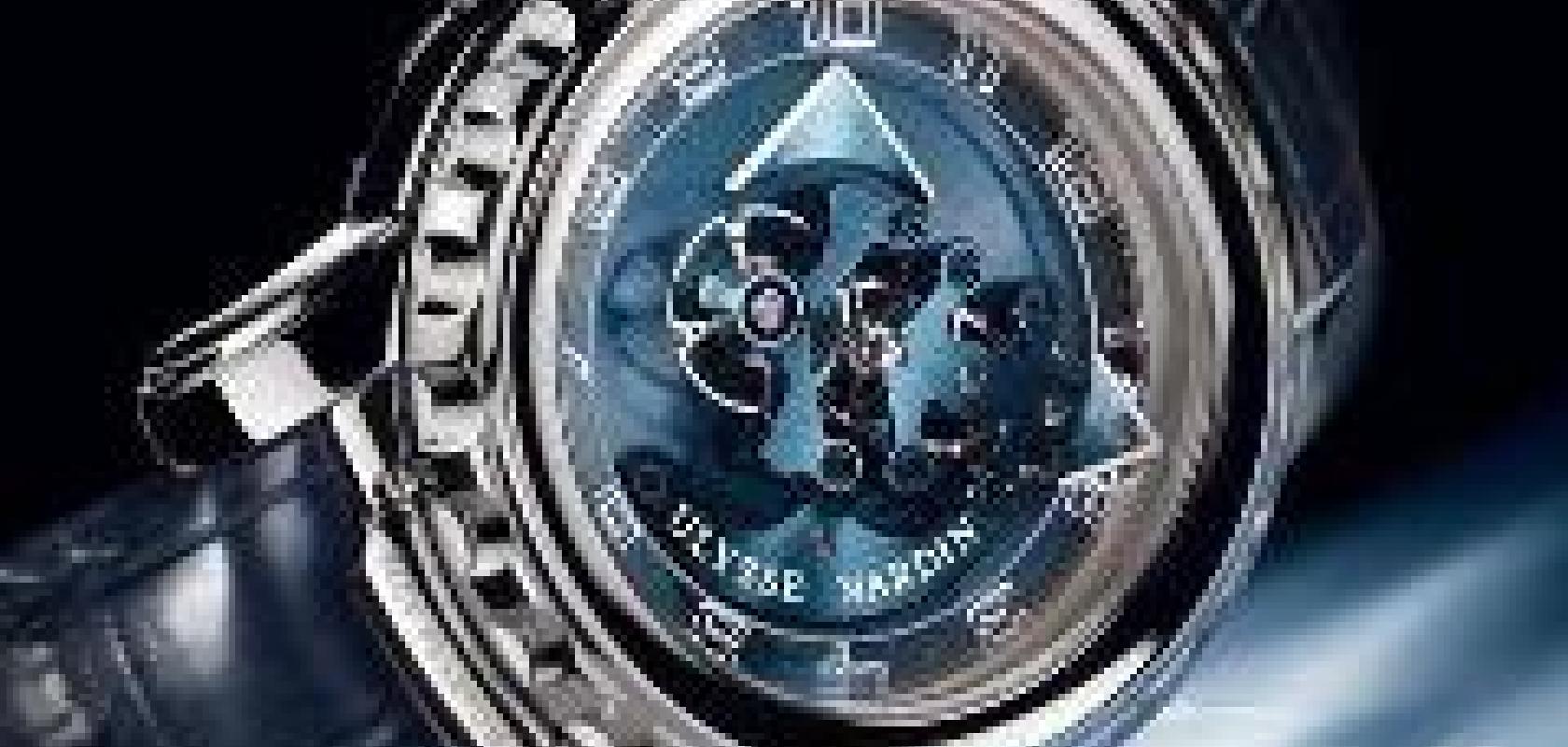Ulysse Nardin is using Maple software from Maplesoft to lengthen the running time of its watches. Claude Bourgeois, an engineering consultant and former Centre Suisse d'Electronique et de Microtechnique (CSEM) researcher, used Maple to model and optimise barrel springs, which drive the watch, made of composite materials compatible with deep etching on silicon. The use of composite materials should double the running time, i.e. the operating time of watches when they are at rest.
The barrel springs have a silicon core produced on monocrystalline silicon wafers. The surface of this silicon core is then coated with a layer of polycrystalline diamond. Compared with steel, silicon and diamond exhibit less fatigue. Moreover, a main spring created using this technique can be expected to have much greater stiffness, stored energy capacity, and resilience. For given dimensions, it is now thought possible to double the power reserve. This may be beneficial for small watches in which the volume available for the barrel is limited.
The watch designs require the production of several springs that are more than half a metre long on a silicon wafer that is limited to a diameter of six inches. This limits the dimensions of the free spring (preform), which means that a preform that is compatible with the tiling of the springs on the wafer must be selected, while imposing a varying thickness along the spring to obtain constant torque. To meet this challenge, Ulysse Nardin called upon Claude Bourgeois, who developed a modelling and optimisation tool based on Maple.
This application required new modelling tools, which were still not widespread in traditional watchmaking, to model, analyse, and optimise these new types of active structures. Maple was used to model and optimise the oxidised silicon sprung balance resonator. The developed model combined the thermal drift up to third order and the anisotropy of silicon. Differential equations that characterised the springs at large displacements were integrated, while taking into account the deviation from the isochronism of the resonator at different balance amplitudes. The shape of the terminal curve of the spiral spring, which enabled the isochronism deviations to be controlled, was then optimised by a convergent iterative calculation, varying the appropriate geometrical parameters.
Maple makes it easy to identify the critical parameters related to the required function and the figures of merit of the system. It also helps to establish analytical macro models, which are useful elements for analysis and for developing new concepts.


